Home>Furniture>Outdoor Furniture>How To Restore Aluminum Patio Furniture
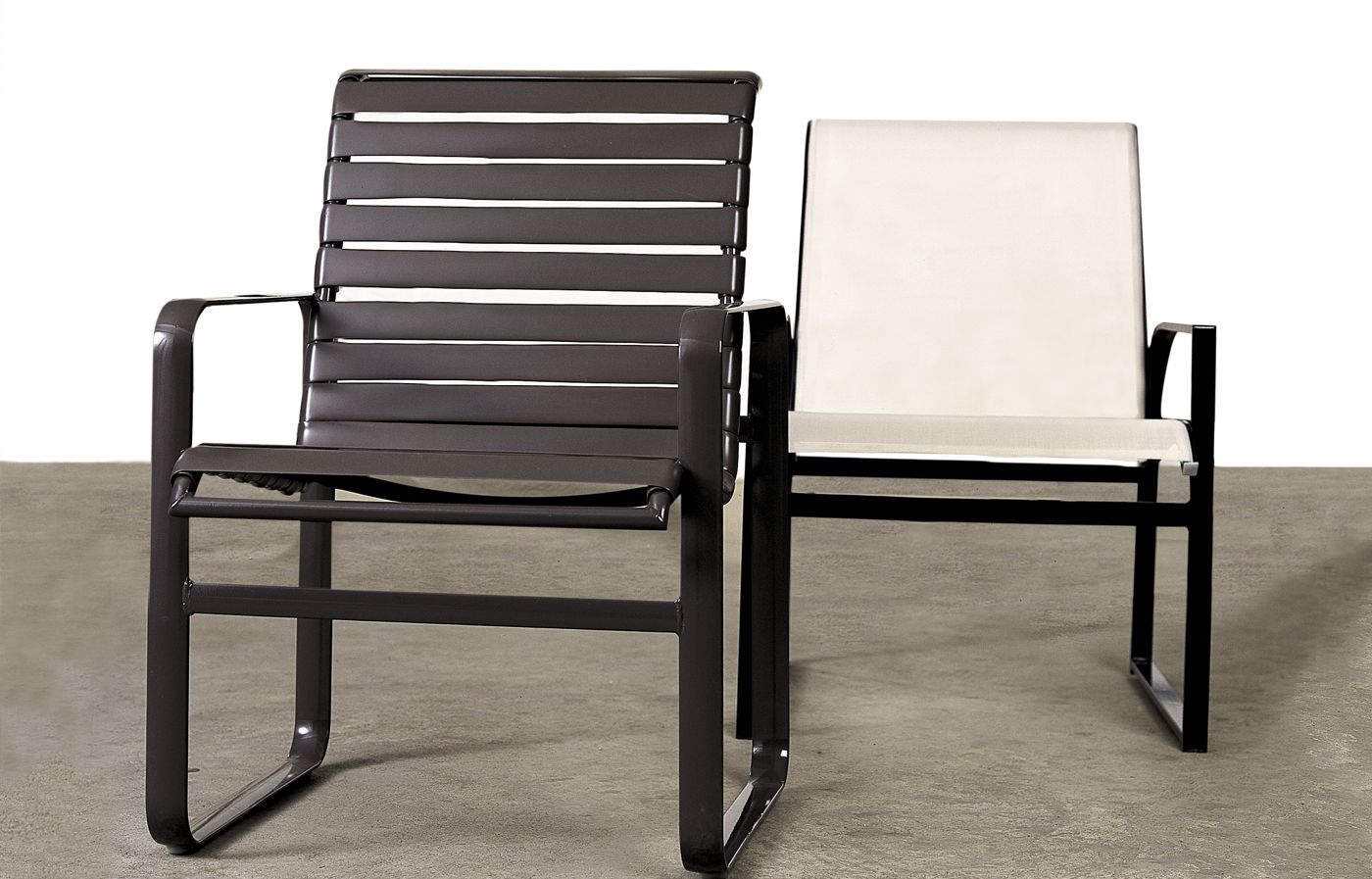

Outdoor Furniture
How To Restore Aluminum Patio Furniture
Modified: March 7, 2024
Learn how to restore your outdoor furniture with our step-by-step guide. Revive the beauty of your aluminum patio furniture and enjoy your outdoor space again.
(Many of the links in this article redirect to a specific reviewed product. Your purchase of these products through affiliate links helps to generate commission for Storables.com, at no extra cost. Learn more)
Introduction
Welcome to our comprehensive guide on how to restore aluminum patio furniture. Over time, outdoor furniture can become worn, faded, or damaged due to exposure to the elements. Restoring your aluminum patio furniture not only enhances its appearance but also extends its lifespan, allowing you to continue enjoying your outdoor space for years to come.
Aluminum patio furniture is a popular choice for its durability, lightweight nature, and resistance to rust and corrosion. However, even the highest-quality aluminum furniture can show signs of wear and tear over time. Luckily, with a little time and effort, you can restore your aluminum patio furniture to its former glory.
In this article, we will take you through a step-by-step process to revitalize your aluminum furniture. We will cover everything from assessing the condition of your furniture to cleaning, removing rust, and applying a new coat of paint or finish. Whether you have a vintage aluminum set or a modern aluminum patio collection, our guide will help you bring it back to life.
Before diving into the restoration process, it’s important to gather the necessary tools and materials. You will need a scrub brush, mild detergent, water, a soft cloth, sandpaper or a wire brush, rust remover, primer, paint or finish, and a paintbrush or paint sprayer. Ensure you have a well-ventilated area to work in and consider using protective gloves, goggles, and a mask to protect yourself during the restoration process.
Now that you’re prepared, let’s get started on restoring your aluminum patio furniture to its original beauty!
Key Takeaways:
- Revitalize your aluminum patio furniture by assessing, cleaning, removing rust, sanding, painting, and reassembling. Enjoy a refreshed outdoor space with extended furniture lifespan and personalized style.
- Restoring aluminum patio furniture is a rewarding process that enhances aesthetics and durability. With patience and attention to detail, create a cozy and inviting outdoor oasis for years of enjoyment.
Step 1: Assess the condition of your aluminum patio furniture
The first step in restoring your aluminum patio furniture is to assess its condition. Take a close look at each piece to identify any signs of damage, wear, or discoloration. This assessment will help you determine the extent of restoration needed and guide your subsequent steps.
Start by checking for any structural issues such as loose joints or broken welds. Ensure that all screws, bolts, and nuts are in place and tightened securely. If you notice any severe damage that compromises the stability or safety of the furniture, it may require professional repair or replacement.
Next, examine the surface of the furniture for signs of corrosion, rust, or peeling paint. Aluminum is resistant to rust, but it can still develop corrosion due to prolonged exposure to moisture or other corrosive elements. Look for areas where the paint or finish has worn off or become damaged. These areas may necessitate more extensive restoration, such as sanding and repainting.
Additionally, evaluate the condition of any cushions or fabric elements. Check for fading, tears, or mold growth. If the cushions are in poor condition, you may want to consider replacing them or having them reupholstered.
Once you have thoroughly assessed the condition of your aluminum patio furniture, make a list of the specific repairs or restoration tasks required for each piece. This will serve as a roadmap for the remaining steps in the restoration process.
Remember, the goal of this step is to identify any issues that need attention before proceeding with the restoration. By addressing these concerns early on, you can ensure a more successful and thorough restoration of your aluminum patio furniture.
Step 2: Clean the furniture thoroughly
Once you have assessed the condition of your aluminum patio furniture, it’s time to give it a thorough cleaning. Cleaning not only removes dirt, grime, and other debris but also prepares the surface for further restoration steps.
Start by removing any loose cushions or fabric elements from the furniture. This will allow you to focus on cleaning the metal frames more effectively. If the cushions are washable, follow the manufacturer’s instructions to clean them separately.
Begin by using a scrub brush or a soft cloth to remove any loose dirt or debris from the surface of the furniture. For stubborn stains or encrusted dirt, you can create a mild cleaning solution by mixing a few drops of mild detergent with warm water. Dip the brush or cloth into the solution and gently scrub the aluminum frames, paying special attention to crevices and intricate details.
After scrubbing, rinse the furniture thoroughly with clean water to remove any soap residue. A garden hose or a bucket of water can be used for this purpose. Ensure that all detergent is completely rinsed off, as left-behind residue can affect the adhesion of paint or finish in later steps.
Once the furniture is rinsed, use a soft cloth to dry it thoroughly. This will prevent water spots or streaks from forming on the aluminum surface. If necessary, you can use a hairdryer or set the furniture in direct sunlight to speed up the drying process.
If you notice any stubborn stains or areas that require further cleaning, you may consider using aluminum-friendly cleaning products or household remedies. For example, a mixture of baking soda and water can be used as a gentle abrasive to tackle tougher stains. However, always test any cleaning product on a small, inconspicuous area first to ensure that it does not cause any damage or discoloration.
Cleaning your aluminum patio furniture thoroughly not only enhances its appearance but also prepares the surface for subsequent restoration steps. By removing dirt and grime, you create a clean canvas for the next stage of restoration.
Step 3: Remove any rust or corrosion
One common issue with aluminum patio furniture is the development of rust or corrosion, especially in areas exposed to moisture or salt air. If you notice any signs of rust or corrosion during the assessment, it is crucial to address them before proceeding with the restoration process.
To remove rust or corrosion from your aluminum furniture, you have several options. One method is to use a rust remover or a commercial aluminum cleaner specifically designed to tackle rust stains. These products usually come in spray or liquid form. Follow the manufacturer’s instructions carefully, as the application process may vary.
Start by applying the rust remover or cleaner to the affected areas, using a soft cloth or sponge. Allow the product to sit for the recommended amount of time to break down the rust or corrosion. Then, using a scrub brush or a non-abrasive pad, gently scrub the surface to remove the loosened rust particles.
After scrubbing, rinse the furniture thoroughly with clean water to remove any residue from the rust remover. This step is crucial to prevent any potential damage to the aluminum surface. Once rinsed, dry the furniture with a soft cloth to avoid water spots.
If you prefer a more natural approach, you can try using household remedies to remove rust from aluminum. Vinegar or lemon juice can be effective in breaking down rust. Simply soak a cloth in the vinegar or lemon juice and apply it to the rusted areas. Allow it to sit for some time before scrubbing gently. Again, remember to rinse the furniture thoroughly with water and dry it completely afterward.
It’s important to note that severe rust or corrosion may require more advanced restoration techniques. In such cases, you may need to use a wire brush or sandpaper to remove the stubborn rust before proceeding with the cleaning and painting steps.
By removing any rust or corrosion on your aluminum patio furniture, you will not only improve its appearance but also ensure its longevity and durability. Taking care of these issues now will prevent them from worsening and potentially causing further damage to your furniture in the future.
To restore aluminum patio furniture, start by cleaning it with a mild soap and water. Then, use a non-abrasive metal polish to remove any oxidation or discoloration. Finally, apply a coat of automotive wax to protect the surface from future damage.
Step 4: Sand the furniture to remove old paint or finish
Before applying a fresh coat of paint or finish, it is important to remove any old paint or finish that may be flaking, peeling, or in poor condition. Sanding is a crucial step in the restoration process, as it helps create a smooth and even surface for the new coating to adhere to.
Start by gathering the necessary tools for sanding, including sandpaper or a sanding block with medium to fine grit. The exact grit will depend on the condition of the furniture and the level of paint or finish removal required. If dealing with multiple layers of old paint or a particularly stubborn finish, you may need a coarser grit sandpaper initially, followed by finer grit paper for a smoother finish.
Before you start sanding, ensure that the furniture is clean and dry. This will prevent any debris or moisture from interfering with the sanding process. Place the furniture on a stable surface or use clamps to secure it in place, providing stability and ease of access during sanding.
Begin sanding the furniture using smooth, even strokes. Follow the natural grain of the aluminum and pay extra attention to the areas with old paint or finish. The goal is to remove the old coating while avoiding excessive damage to the underlying metal surface. Take breaks to inspect your progress and assess whether the desired amount of old paint or finish has been removed.
It is important to note that aluminum is a soft metal, so be careful not to apply too much pressure while sanding to avoid damaging the furniture. Take your time and work systematically across all surfaces of the furniture until you achieve a smooth and consistent finish.
Once you have completed the sanding process, wipe away any dust or debris using a clean, damp cloth. This will prepare the furniture for the next stage of the restoration process.
Remember to wear protective goggles and a mask while sanding to prevent any dust or particles from entering your eyes or lungs. Additionally, dispose of the sanding debris properly and in accordance with local regulations.
Sanding your aluminum patio furniture ensures that the new paint or finish will adhere properly and provides a clean, polished base for the final restoration steps.
Read more: How To Restore Teak Patio Furniture
Step 5: Apply a new coat of paint or finish
Once you have finished sanding your aluminum patio furniture, it’s time to apply a fresh coat of paint or finish. This step not only enhances the appearance of the furniture but also protects it from further damage caused by exposure to the elements.
Before you start painting, make sure the furniture is clean and free of any dust or debris from the sanding process. Use a clean, damp cloth to wipe away any remaining particles and ensure a smooth surface for painting.
Choose a high-quality paint or finish that is specifically formulated for outdoor use and suitable for aluminum surfaces. Consider factors like durability, weather resistance, and color options when selecting the product. Take note of any special application instructions provided by the manufacturer.
Depending on the size and intricacy of your furniture, you can either use a brush or a paint sprayer for application. A brush allows for more control and precision, especially in areas with detailed patterns or small gaps. On the other hand, a paint sprayer can provide a smooth, even coat with less effort and time. Whichever method you choose, ensure that the paint or finish is applied evenly across all surfaces.
Start by applying a thin, even layer of paint or finish to the furniture, following the manufacturer’s recommended coverage. Allow this initial coat to dry completely before applying subsequent coats. Multiple thin coats are better than one thick coat, as they provide better coverage and minimize the risk of drips and uneven application.
Pay close attention to hard-to-reach areas, corners, and edges to ensure full coverage. If using a brush, use smooth, even strokes in the direction of the grain. If using a paint sprayer, maintain a consistent distance from the furniture and apply the paint evenly without oversaturating any particular area.
Once you have applied the desired number of coats, allow the paint or finish to dry fully according to the manufacturer’s instructions. This step is crucial to ensure that the finish cures properly and provides maximum durability and protection.
After the final coat has dried, inspect the painted surfaces for any imperfections. If necessary, lightly sand any rough spots or drips and apply touch-up paint or finish to achieve a flawless result.
Applying a new coat of paint or finish to your aluminum patio furniture not only revitalizes its appearance but also adds a layer of protection against the elements. With proper application and regular maintenance, the fresh coating will help prolong the lifespan of your furniture.
Step 6: Reassemble and enjoy your restored aluminum patio furniture
Congratulations! You have reached the final step of restoring your aluminum patio furniture. Now it’s time to reassemble the pieces and start enjoying your revitalized outdoor space.
Begin by ensuring that all paint or finish on the furniture has dried completely. This step is crucial to prevent any smudging or damage to the newly applied coating. Check the manufacturer’s instructions for the recommended drying time, as it may vary depending on the type of paint or finish used.
If you have removed the cushions or fabric elements, now is the time to reattach them to the furniture. Place the cushions back on their respective seats and secure them according to the manufacturer’s instructions. Make sure they fit snugly and are properly aligned for comfort and aesthetics.
Next, assemble any disassembled parts of the furniture, such as table legs or chair frames. Ensure that all screws, bolts, and nuts are fastened securely to guarantee stability and safety.
Take a moment to inspect the restored furniture, checking for any areas that may require additional touch-up or adjustments. If you notice any imperfections or areas where the finish is not uniform, you can lightly sand and apply touch-up paint or finish as needed.
Finally, place your restored aluminum patio furniture in its desired location and arrange it to your liking. Add any additional accessories such as outdoor cushions, decorative pillows, or an umbrella to create a cozy and inviting outdoor seating area.
Remember to maintain and care for your newly restored aluminum furniture to ensure its longevity. Regularly clean the surfaces with mild soap and water, and remove any debris or stains promptly to prevent damage. Consider using furniture covers during extended periods of non-use or harsh weather conditions to protect the furniture from the elements.
Now that you have completed the restoration process, it’s time to sit back, relax, and enjoy your rejuvenated outdoor space. Invite friends and family to share in the comfortable and stylish ambiance of your restored aluminum patio furniture.
By following these steps and investing a little time and effort, you have successfully restored your aluminum patio furniture to its former glory. Enjoy the beauty and durability of your revitalized outdoor oasis for years to come.
Conclusion
Restoring your aluminum patio furniture is a rewarding process that allows you to breathe new life into your outdoor space. By following the six steps outlined in this guide, you have learned how to assess the condition of your furniture, clean it thoroughly, remove rust or corrosion, sand away old paint or finish, apply a fresh coat, and finally, reassemble and enjoy the results of your hard work.
Throughout the restoration process, it is important to remember that careful attention to detail and proper techniques will yield the best results. Take your time, be patient, and ensure that each step is completed thoroughly before moving on to the next.
By restoring your aluminum patio furniture, you not only enhance its aesthetic appeal but also extend its lifespan. Properly maintained aluminum furniture can withstand the elements and continue to provide comfort and enjoyment for years to come.
Remember to choose high-quality materials suited for outdoor use, such as aluminum-specific paint or finish. Regular maintenance, including cleaning and protecting your furniture from harsh weather conditions, will help preserve its beauty and functionality for the long term.
Whether you have a vintage aluminum set or a modern collection, the restoration process allows you to create a personalized outdoor space that reflects your style and provides a comfortable and inviting area for relaxation, entertaining, and making memories with loved ones.
So, roll up your sleeves, gather your tools, and embark on the journey of restoring your aluminum patio furniture. With determination and a little bit of creativity, you can transform your outdoor oasis into a stunning retreat that you’ll be proud to show off.
Now it’s time to sit back, relax, and enjoy the fruits of your labor. Embrace the beauty of your newly restored aluminum patio furniture and make the most of your outdoor living space.
Frequently Asked Questions about How To Restore Aluminum Patio Furniture
Was this page helpful?
At Storables.com, we guarantee accurate and reliable information. Our content, validated by Expert Board Contributors, is crafted following stringent Editorial Policies. We're committed to providing you with well-researched, expert-backed insights for all your informational needs.
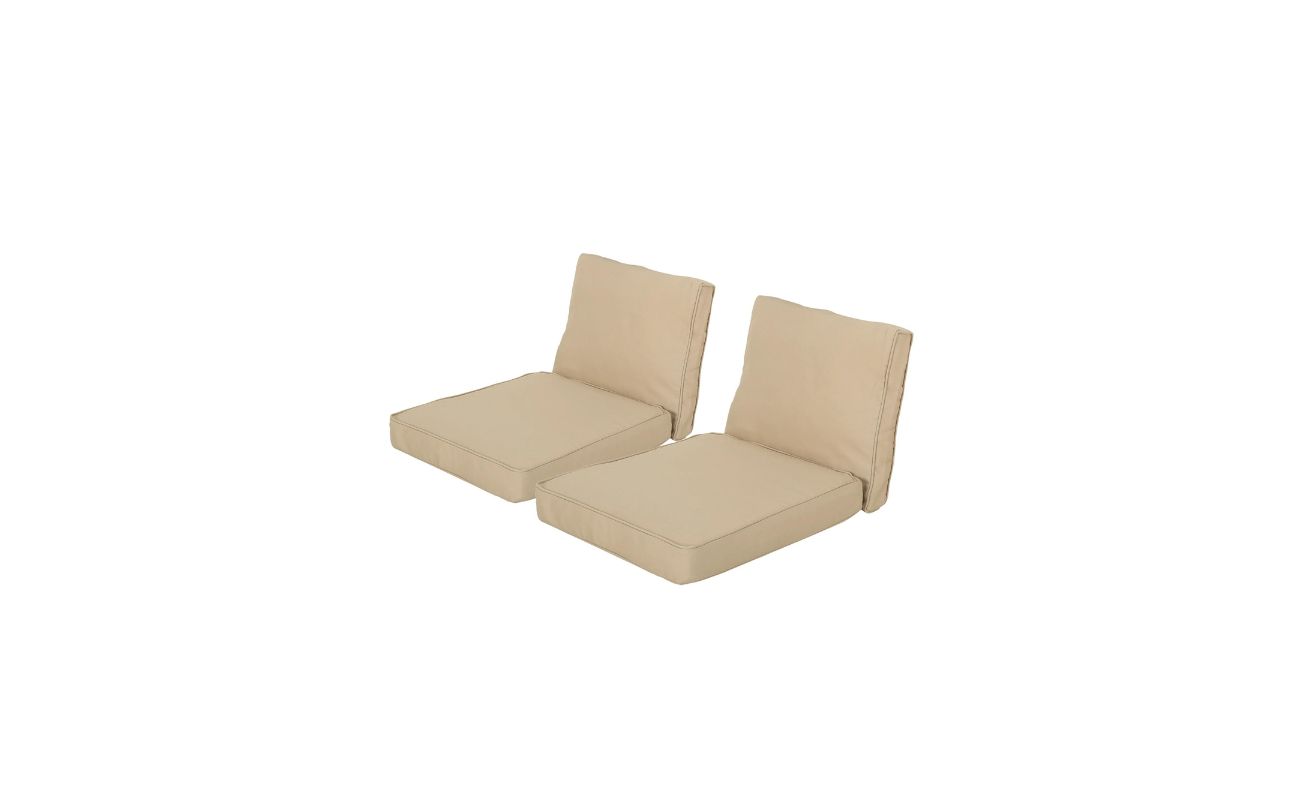
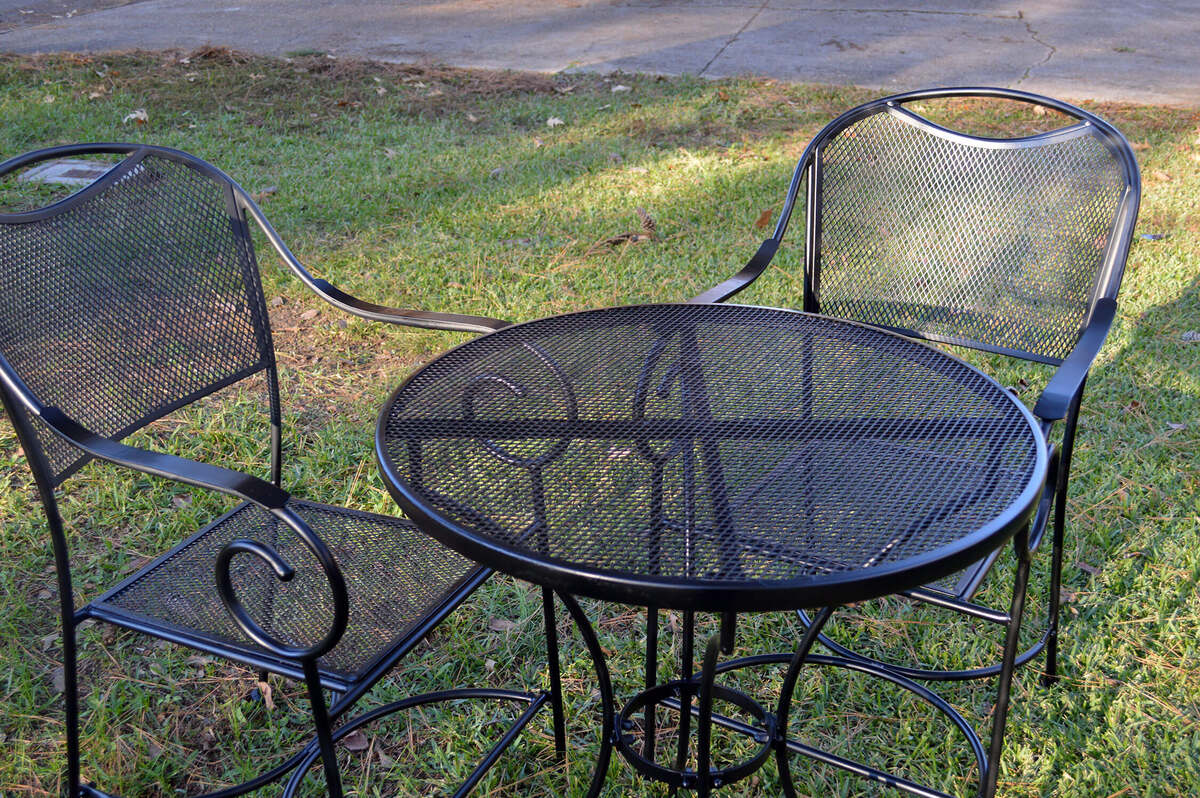
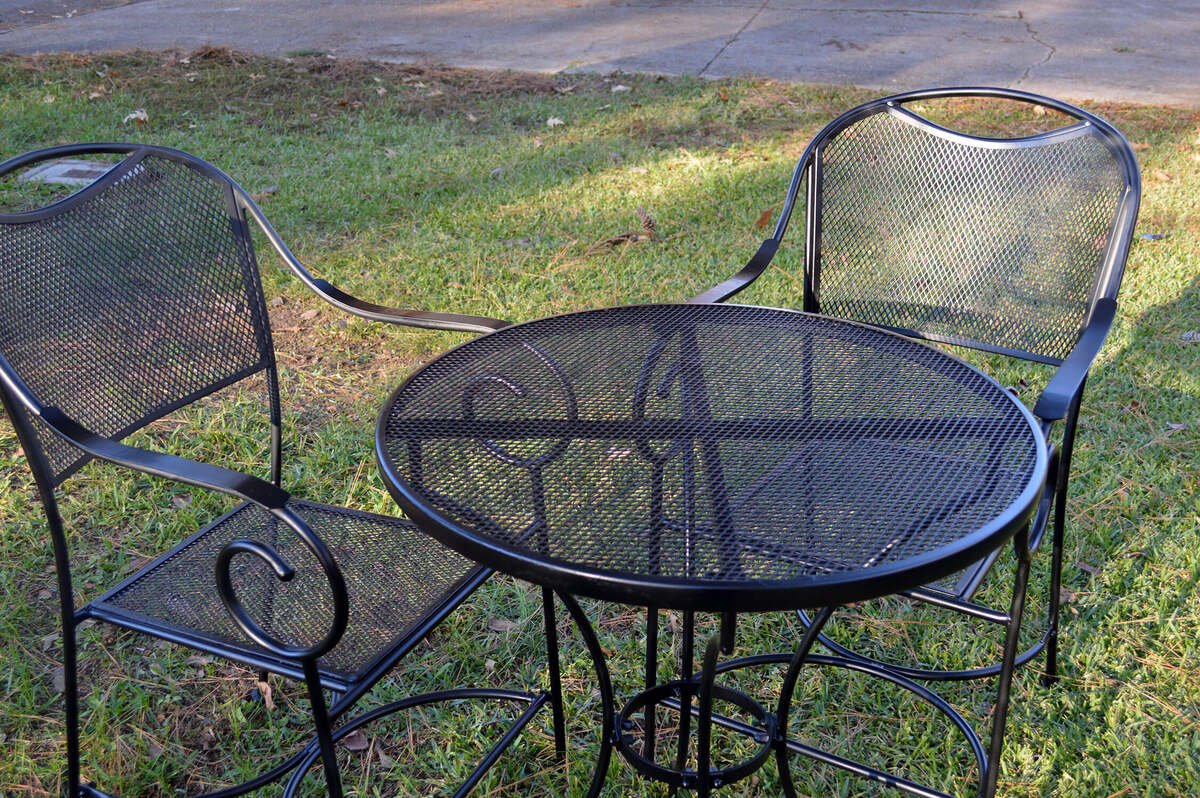
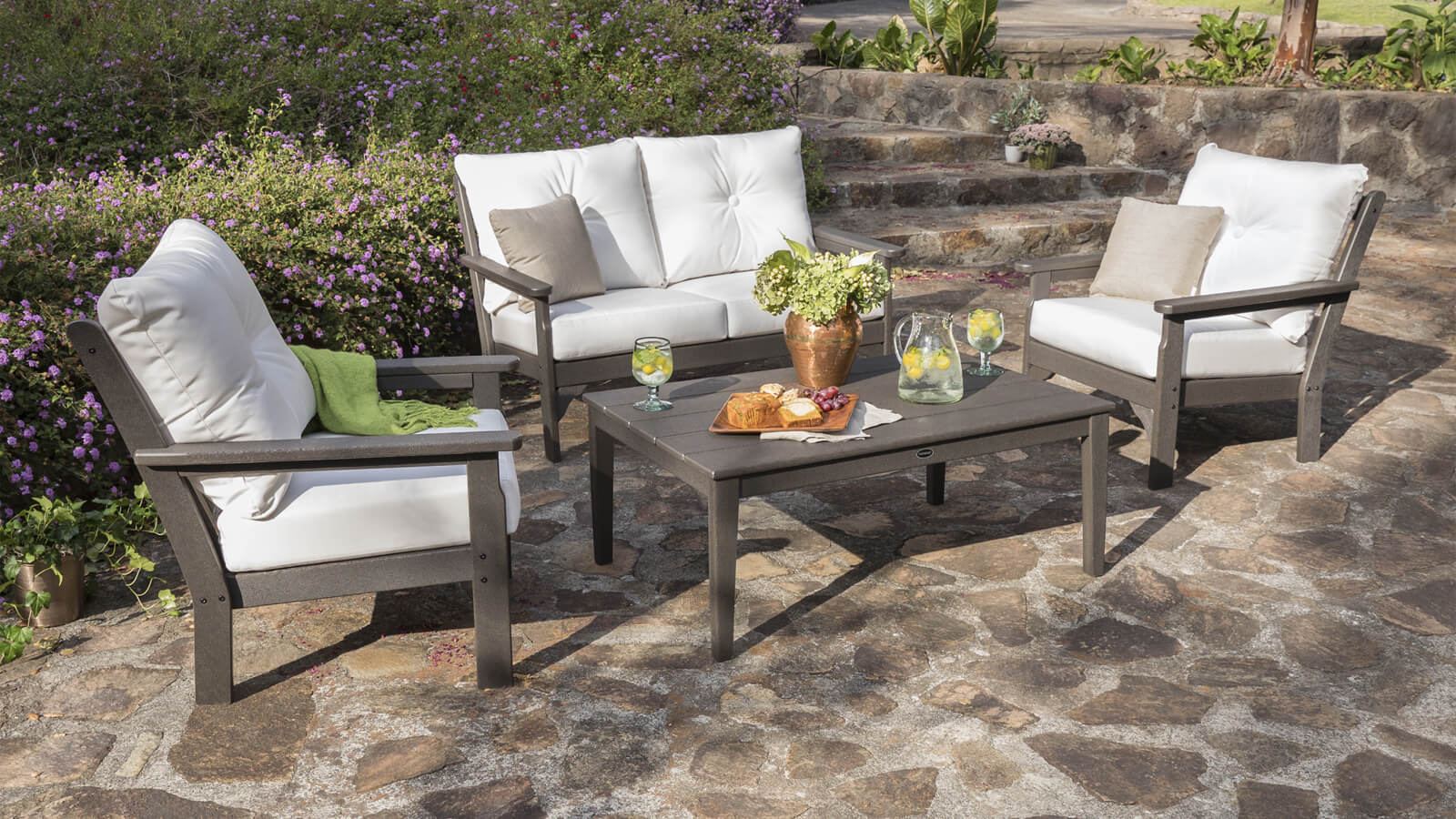
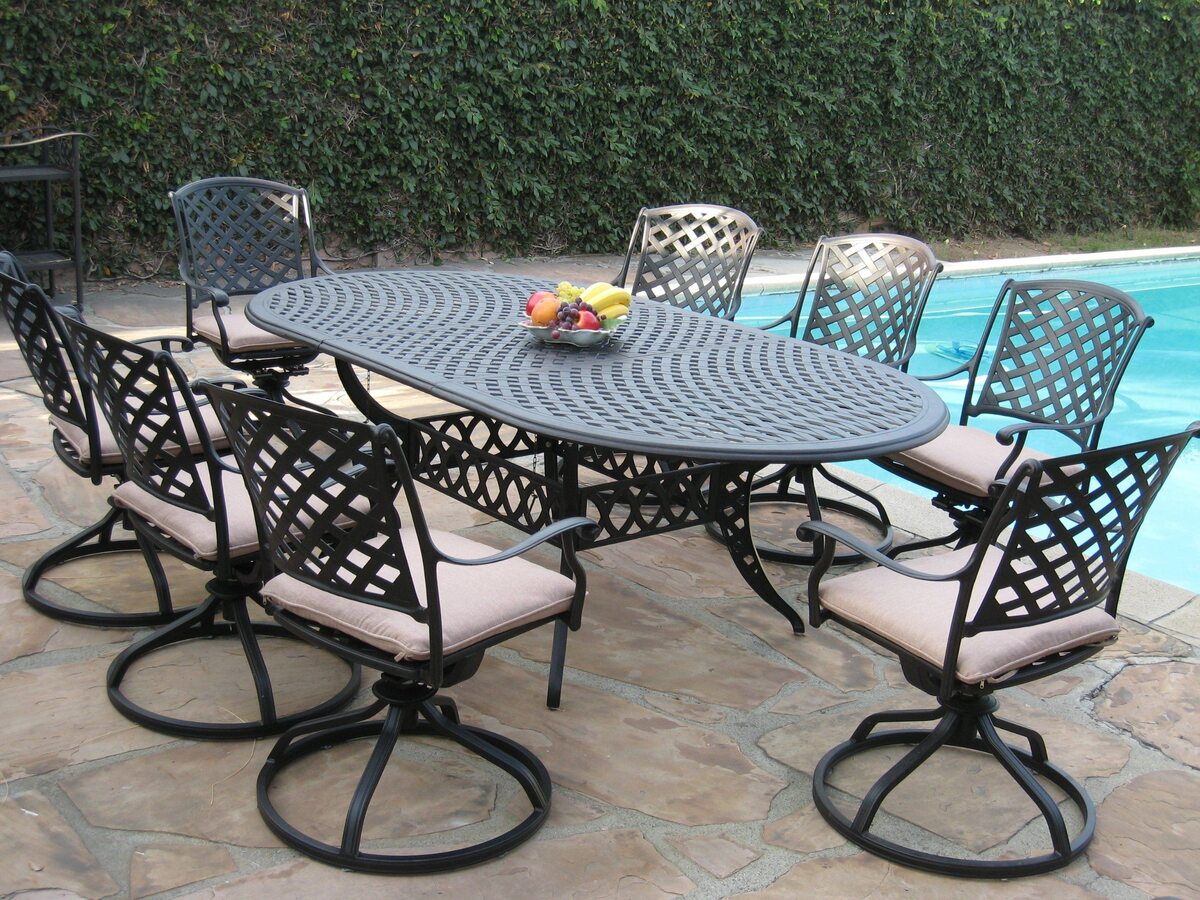
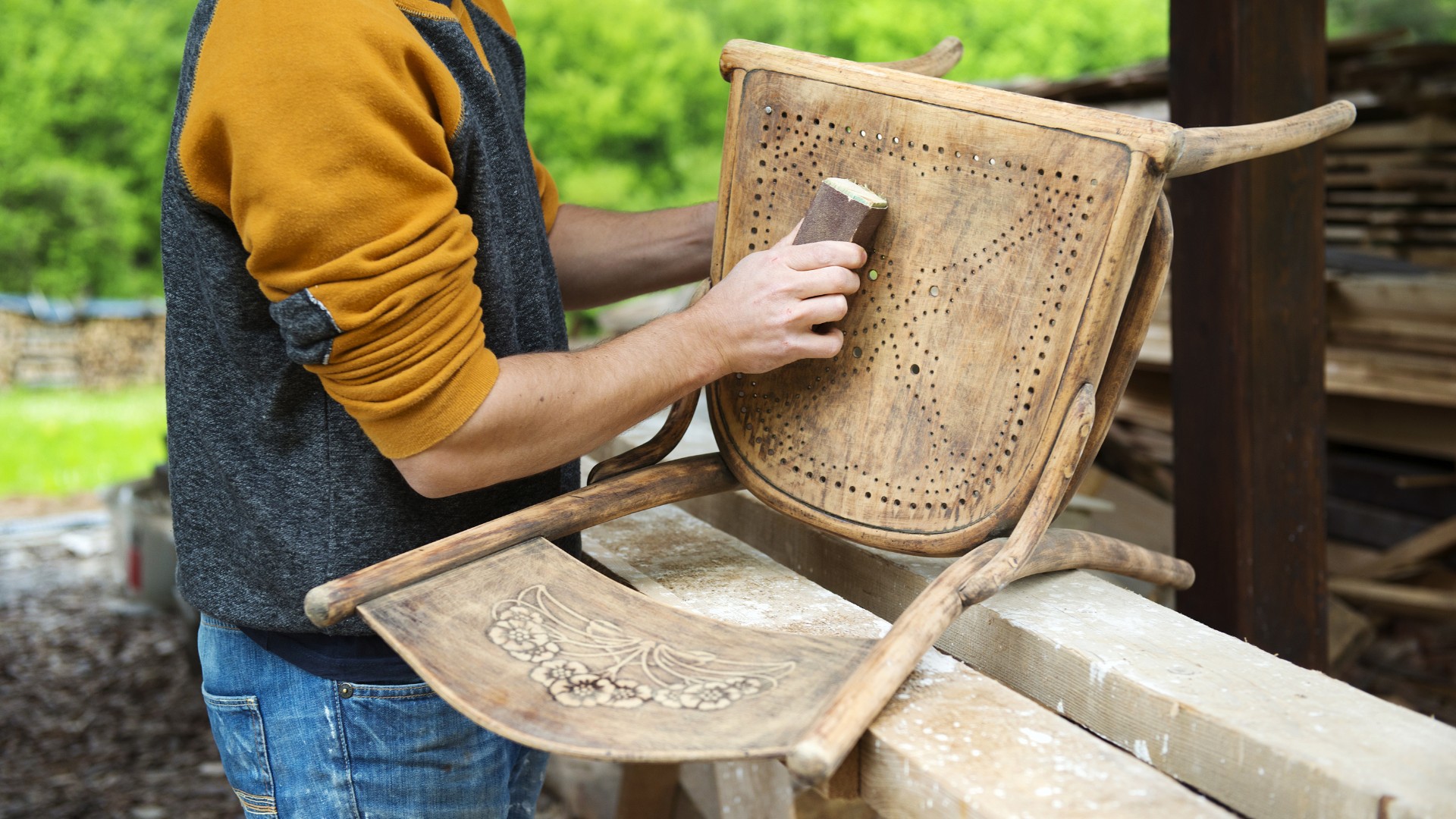
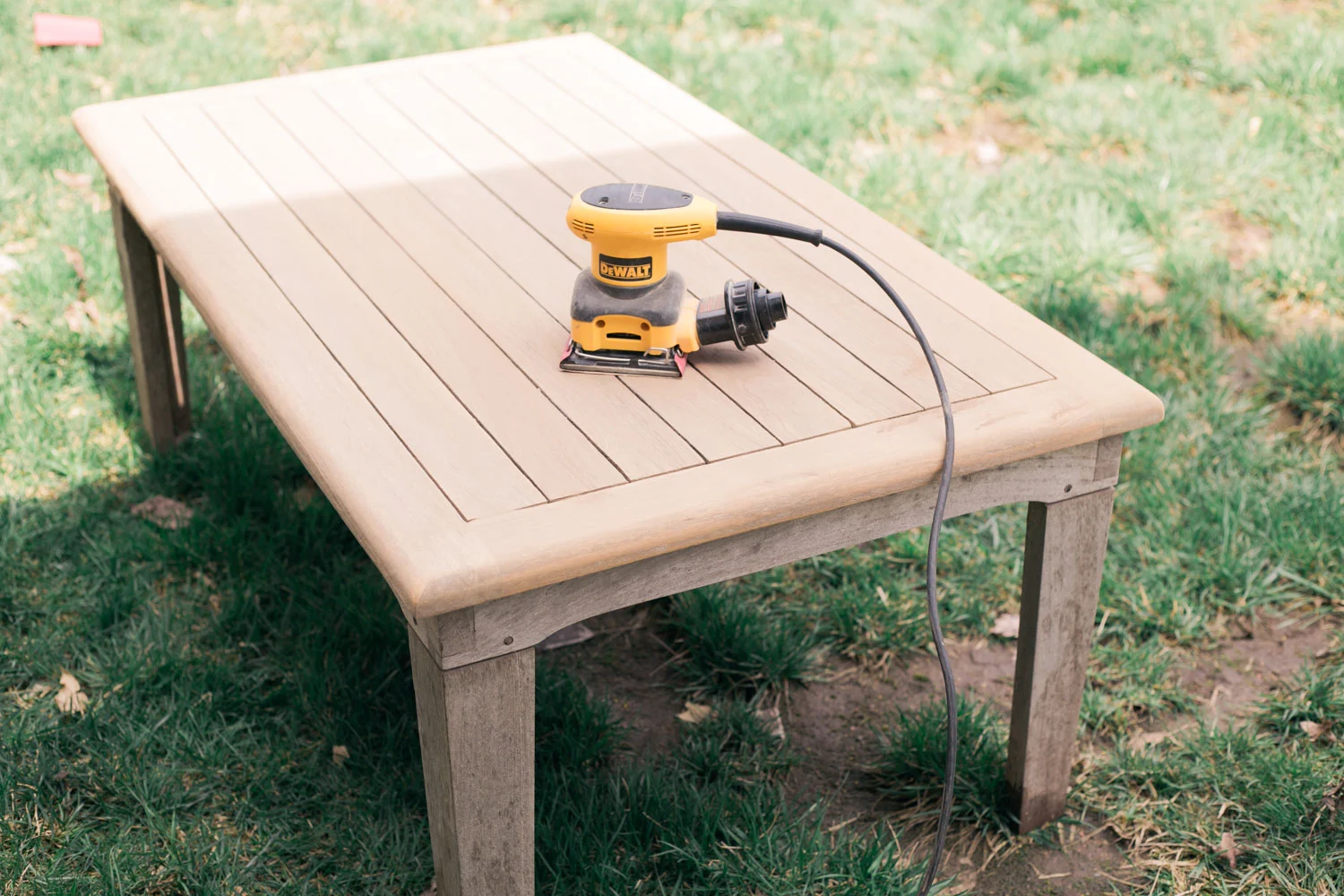
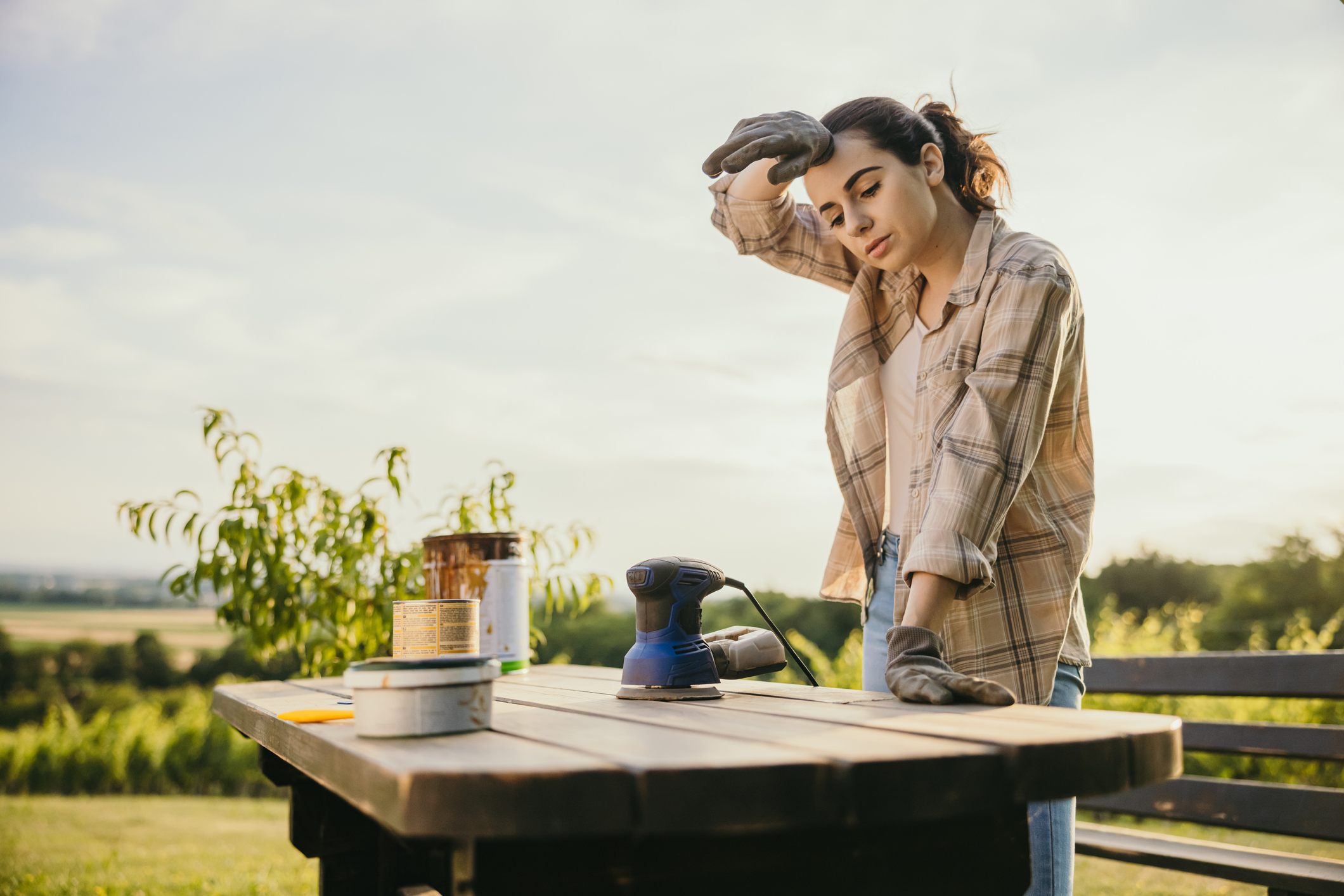
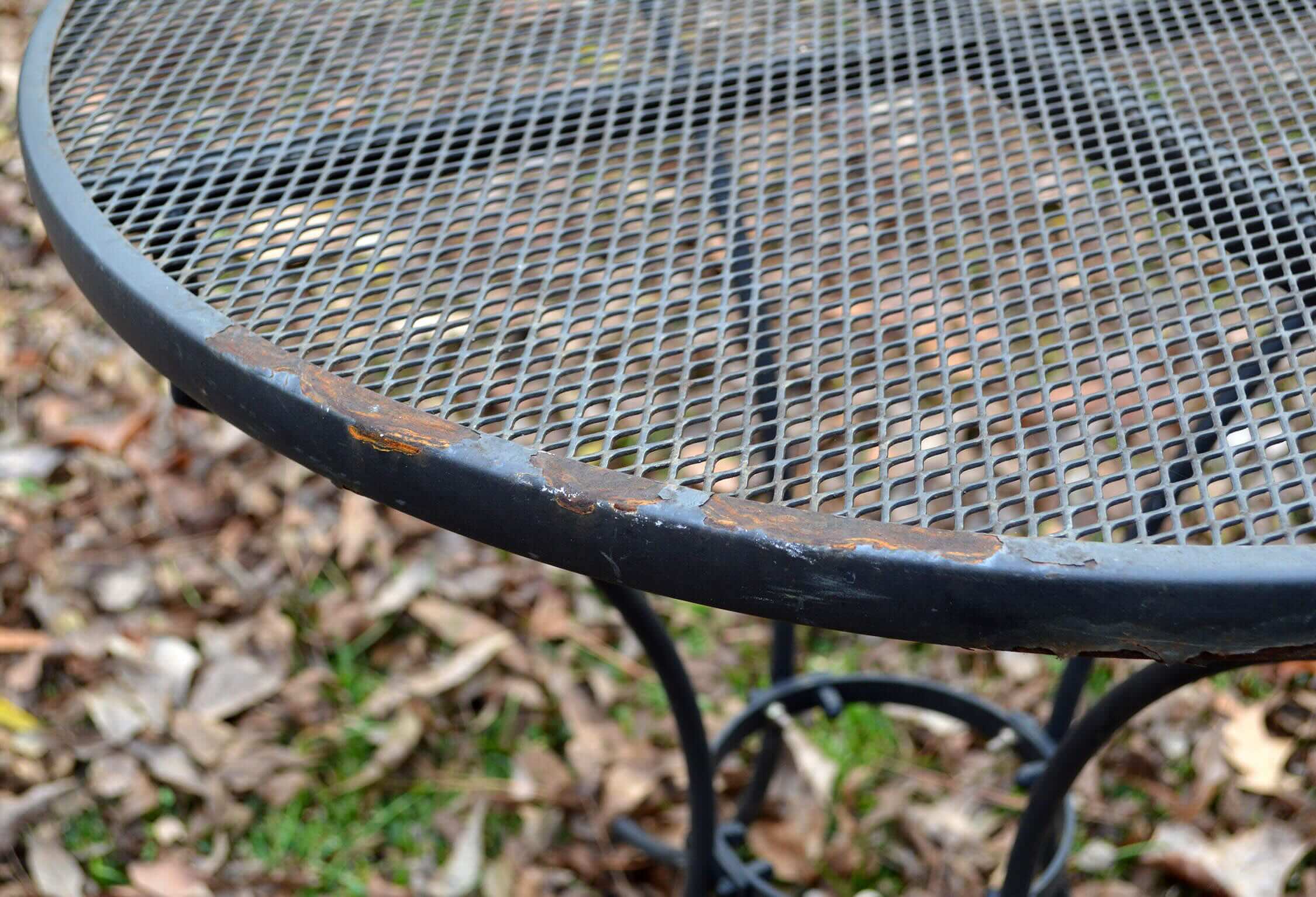
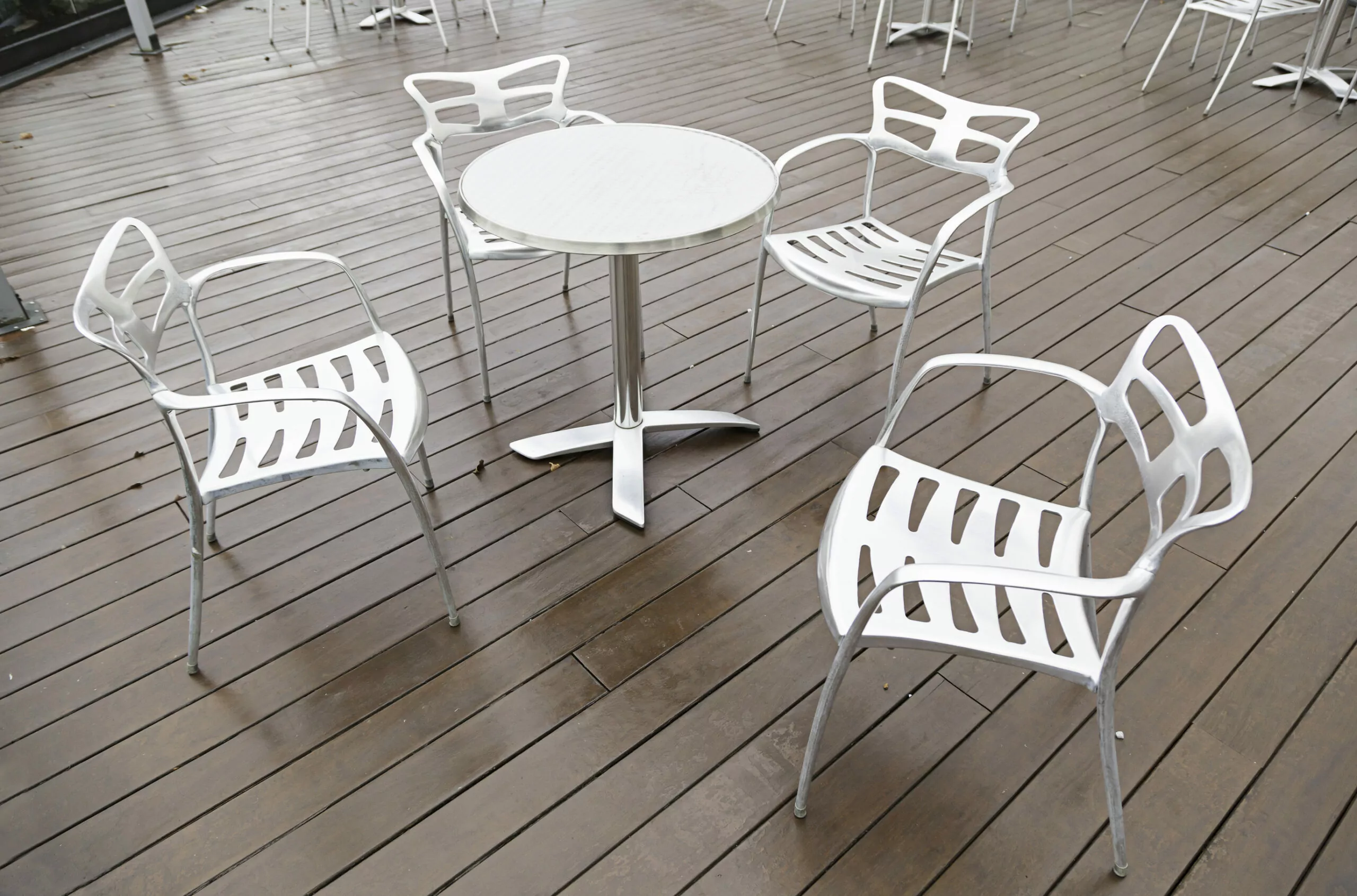
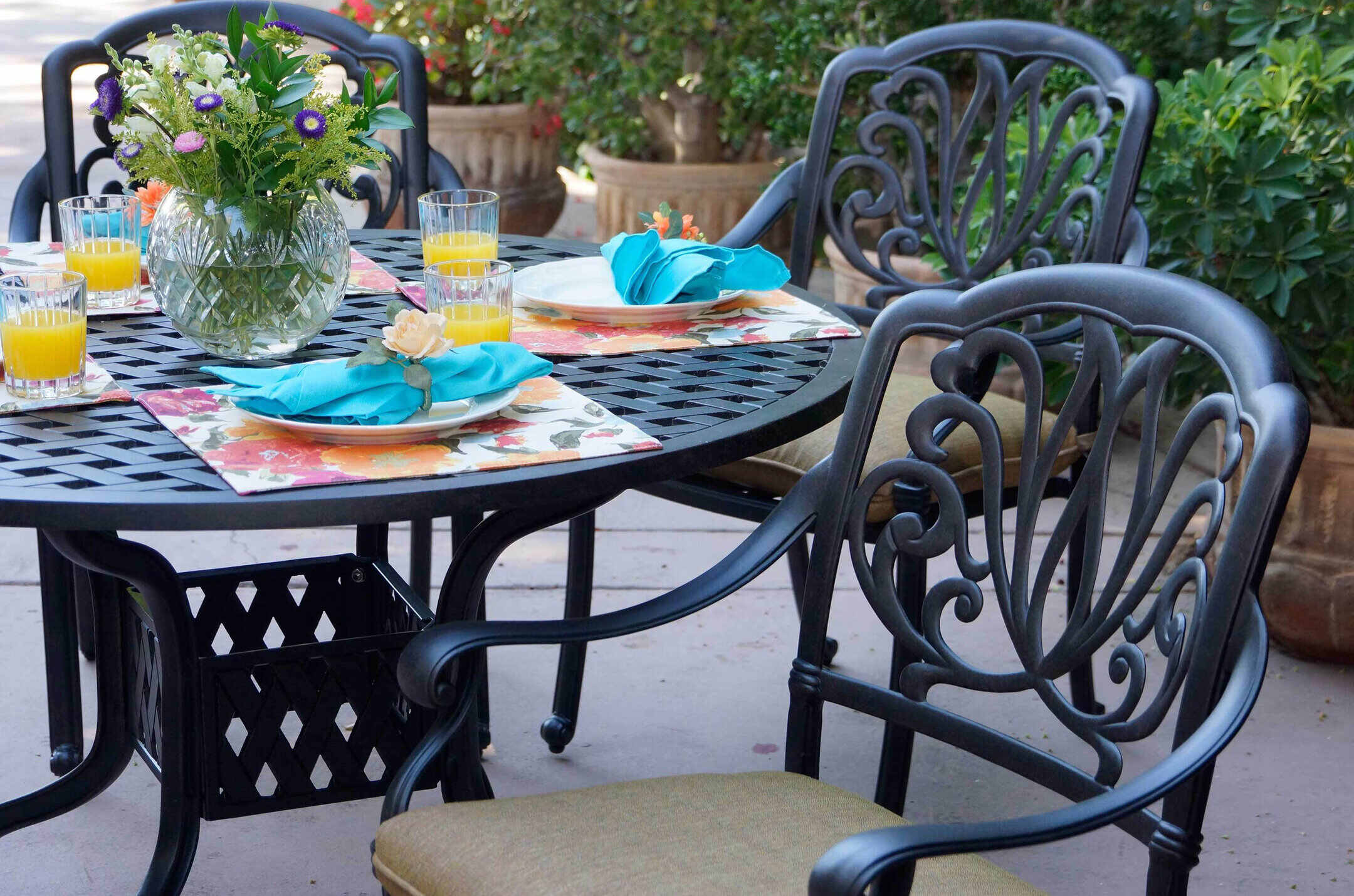
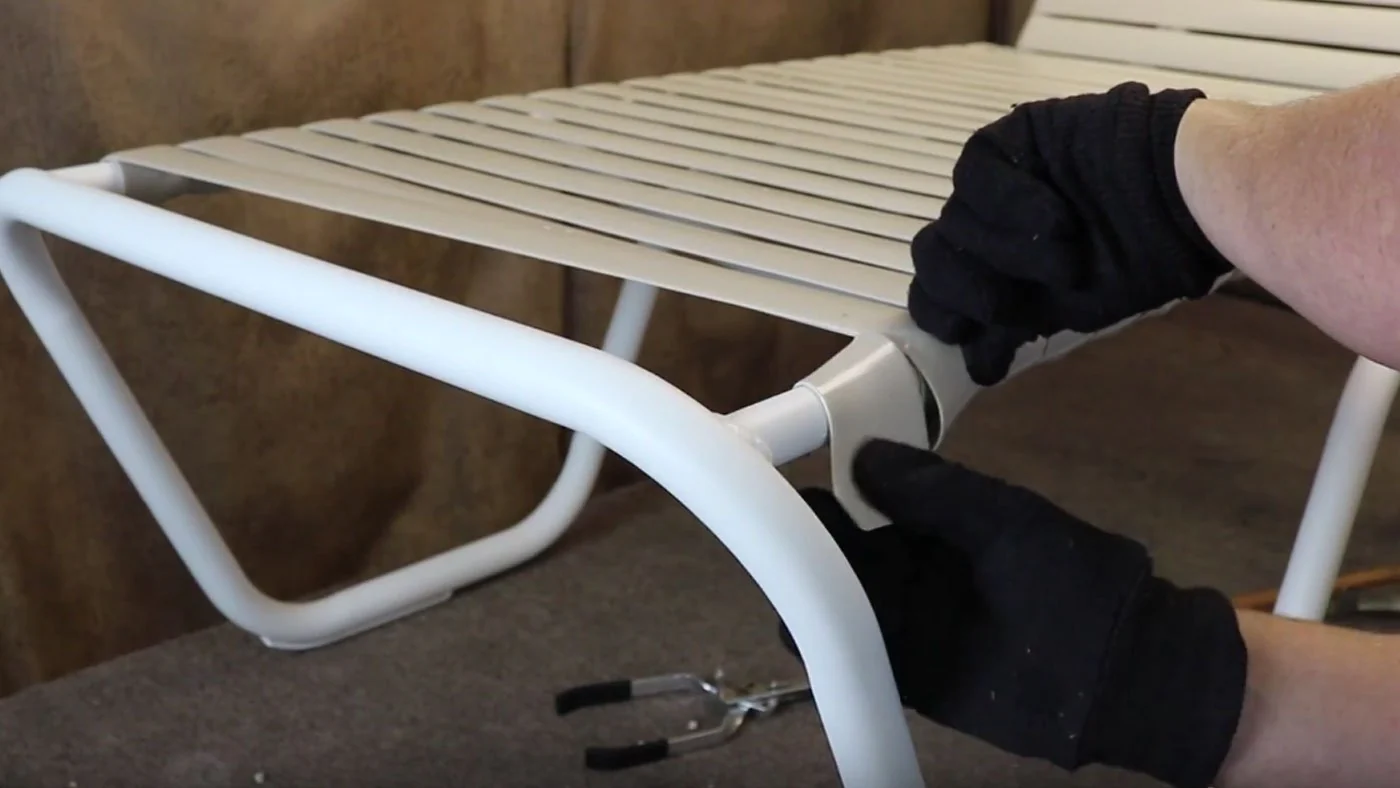
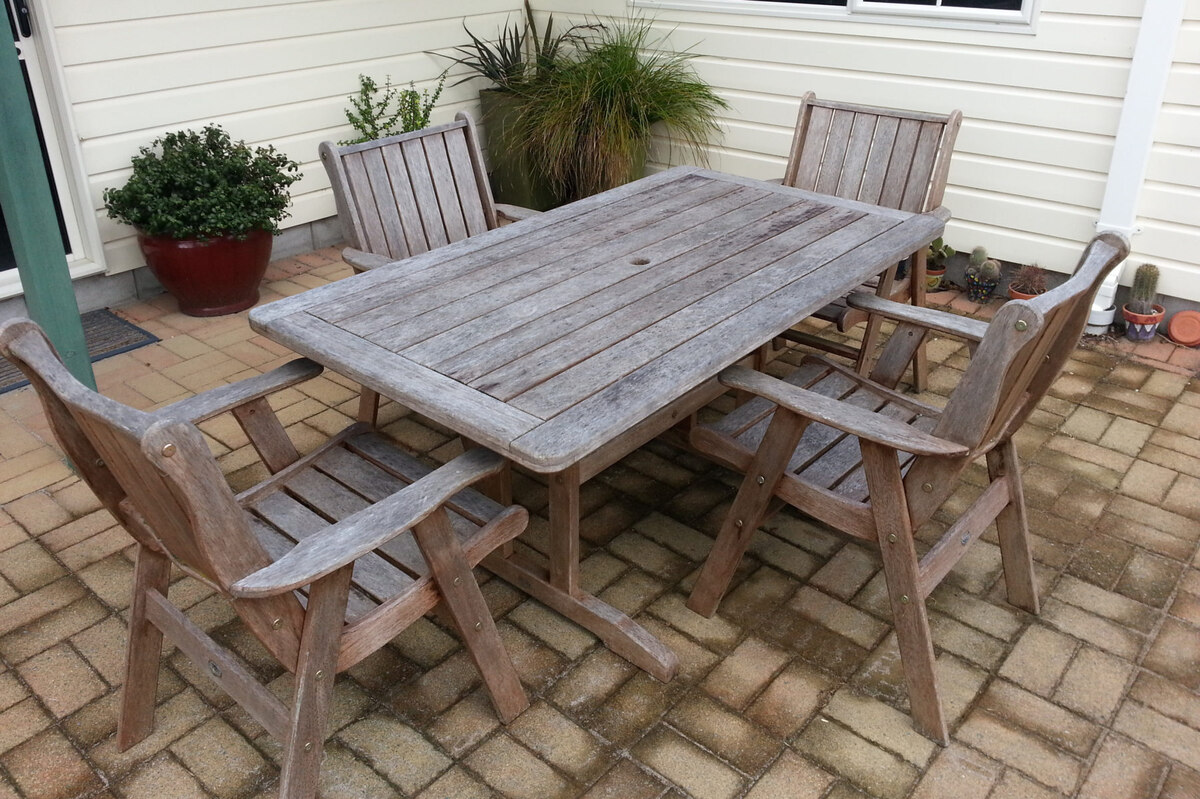
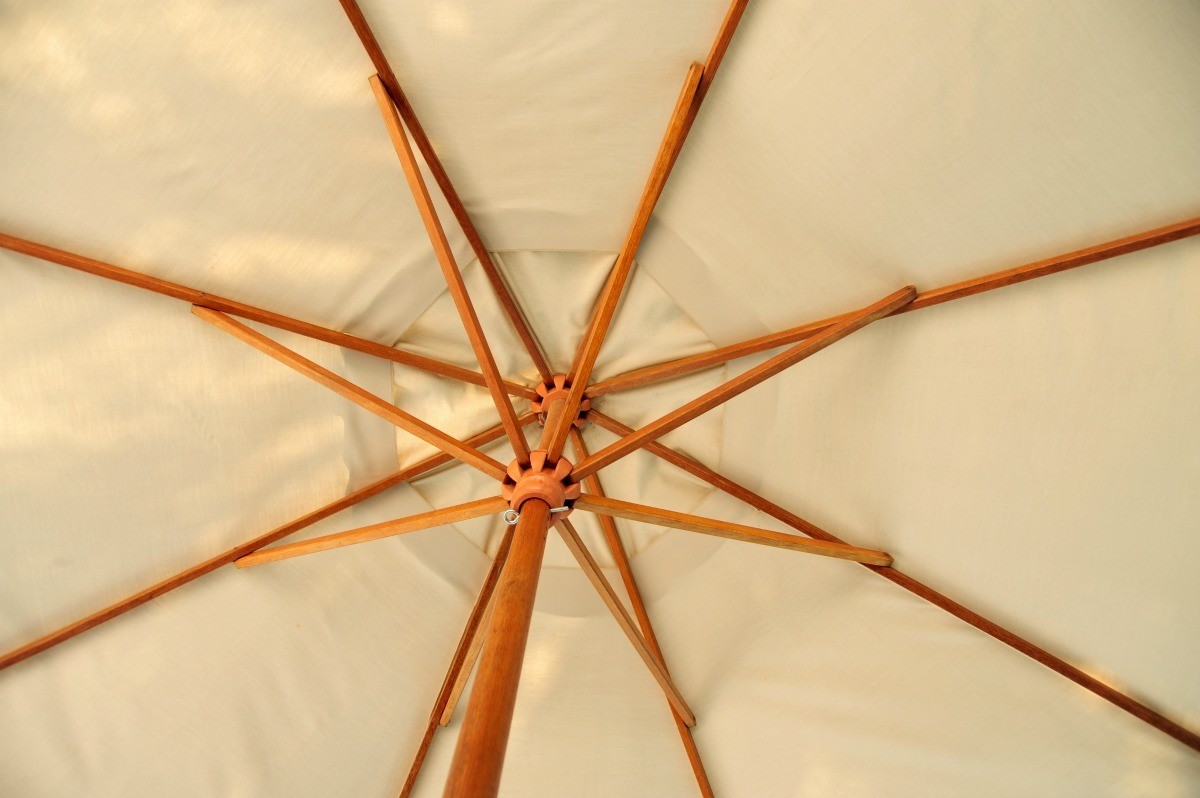

0 thoughts on “How To Restore Aluminum Patio Furniture”